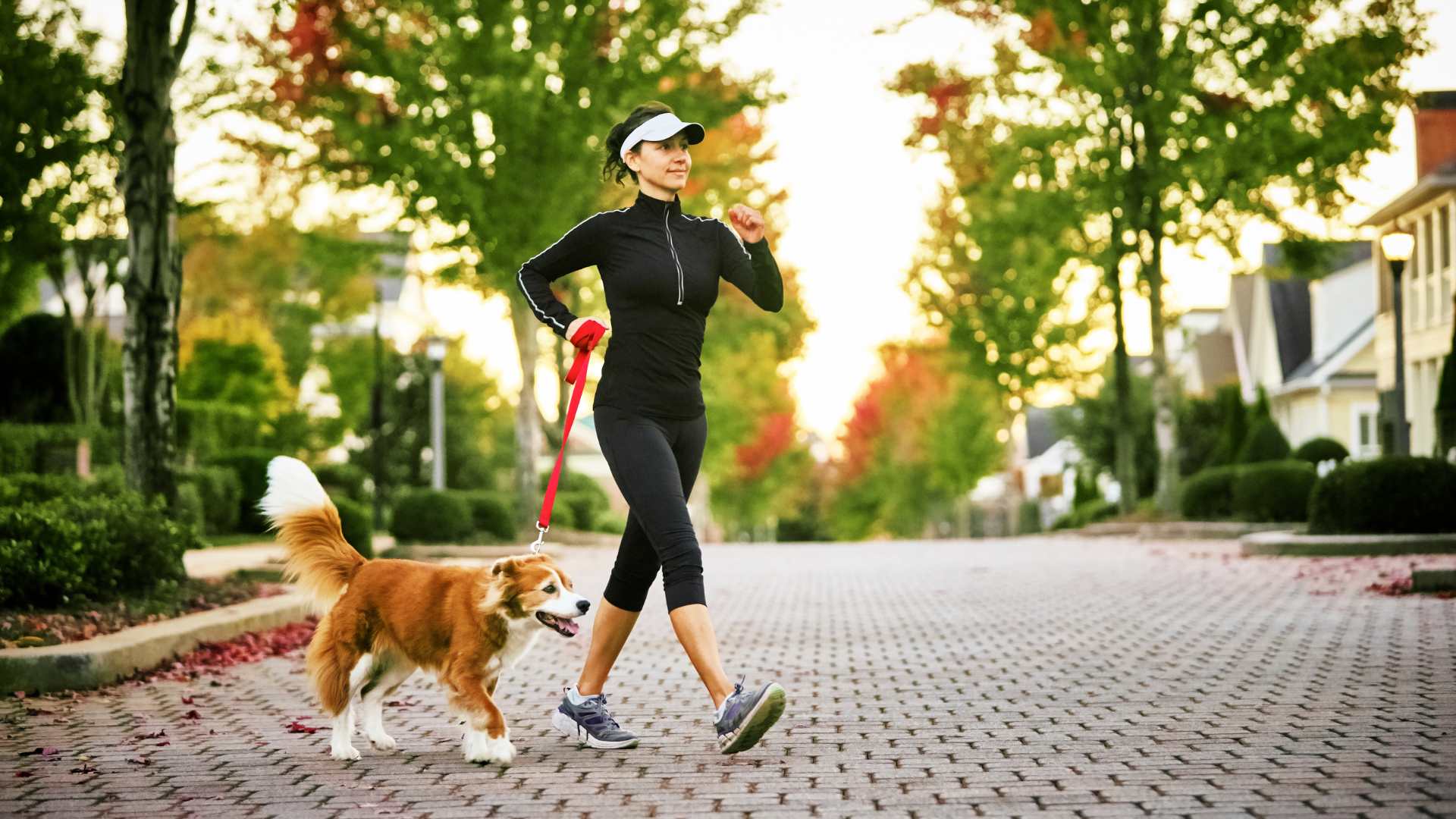Prevent Incontinence with These Strategies

Incontinence is a common concern that affects individuals of all ages. While it is often associated with aging, incontinence can be managed and even prevented with the right strategies. In this comprehensive guide, we’ll explore a range of proactive approaches to maintain a healthy bladder, from strengthening your pelvic flood to adopting a bladder-friendly diet and other lifestyle choices. By incorporating these strategies into your daily routine, you can significantly reduce the risk of incontinence and enjoy better bladder health.
Pelvic Floor Power
The foundation of incontinence prevention lies in a strong pelvic floor. These muscles support your bladder and rectum, playing a vital role in maintaining continence. Regular pelvic floor exercises, often referred to as Kegels, can help tone and strengthen these muscles. To get started, identify your pelvic floor muscles by stopping the flow of urine mid-stream. Once you’ve located them, practice squeezing and releasing these muscles for several seconds, gradually increasing your repetitions. If you are looking for pelvic floor exercises, we have collected a few for you!
Balancing Your Diet
A healthy bladder can significantly impact bladder health. Certain food can irritate the bladder and lead to incontinence, while others can promote better control. To protect your bladder, consider the following dietary adjustments:
- Stay Hydrated: While it may seem counterintuitive, drinking enough water is crucial. Dehydration can lead to concentrated urine, which can irritate the bladder. Aim to maintain proper hydration.
- Mind Your Caffeine: Caffeine can stimulate the bladder and lead to urgency. Limit your coffee, tea, and soda intake to reduce its impact.
- Fibre for Digestive Health: A diet rich in fibre can promote regular bowel movements and prevent constipation, which can strain the pelvic floor muscles.
- Limit Bladder Irritants: Foods high in acidity, like citrus fruits and tomatoes, as well as spicy and overly sweet items, can be bladder irritants. Moderation is key.
- Embrace Bladder-Friendly Foods: Incorporate bladder-friendly foods like lean proteins, leafy greens and whole grains into your diet.
Maintain a Healthy Weight
Excess weight can put added pressure on the bladder and pelvic floor, increasing the risk of incontinence. By maintaining a healthy weight through a balanced diet and regular exercise, you can relieve this pressure and support better bladder health.
Regular Exercise
Incorporating exercise into your daily routine can help prevent incontinence. Exercise helps maintain a healthy weight, improve circulation, and support overall muscle tone. Choose low-impact exercises like swimming, walking, and cycling, as high-impact exercises can strain the pelvic floor. Pelvic floor exercises, part of our first strategy, also play a crucial role in incontinence prevention.
Stress Management
Stress can contribute to incontinence symptoms. Engage is stress-reduction techniques such as mindfulness, meditation, or yoga to lower your anxiety levels and, in turn, reduce the risk of incontinence episodes.
By combining these strategies, you can take proactive steps to prevent incontinence and maintain a healthy bladder. Remember that it is never too early to start, and adopting these habits can contribute to a higher quality of life and better bladder health for years to come.